If you’re tired of watching your furry friends embark on unauthorized adventures or spend endless hours chasing squirrels, then we’ve got some exciting news for you. It’s time to unleash the power of technology and discover the Best Invisible Dog Fences of 2023!
In this comprehensive guide, we’ll walk you through everything you need to know about these innovative pet containment systems. Say goodbye to Traditional Privacy Fences and join us as we explore the world of invisible boundaries – where safety meets freedom for your beloved four-legged companions. Get ready to become the ultimate pack leader in creating a secure haven for your pets while keeping them happy, healthy, and always by your side. Let’s dive in!
Top 5 Invisible Fences for Dogs
With a vast array of invisible dog fences on the market, finding the best one for your furry friend can be a daunting task. These innovative containment systems have proven to be reliable, safe, and effective ways to keep your canine companion within boundaries while allowing them to enjoy their outdoor freedom.
1. Pet safe’s Wireless Pet Containment System

Petsafe’s wireless system tops our list with its convenience and flexibility. This portable system creates a circular containment area without the need for any wires. It sets up quickly, making it ideal for both permanent and temporary installations. With adjustable boundaries and five levels of static correction, this system is suitable for all dog breeds and sizes. Its reliability and ease of use make it a popular choice among pet owners.
2. Extreme Dog Fence’s Professional Grade Kit
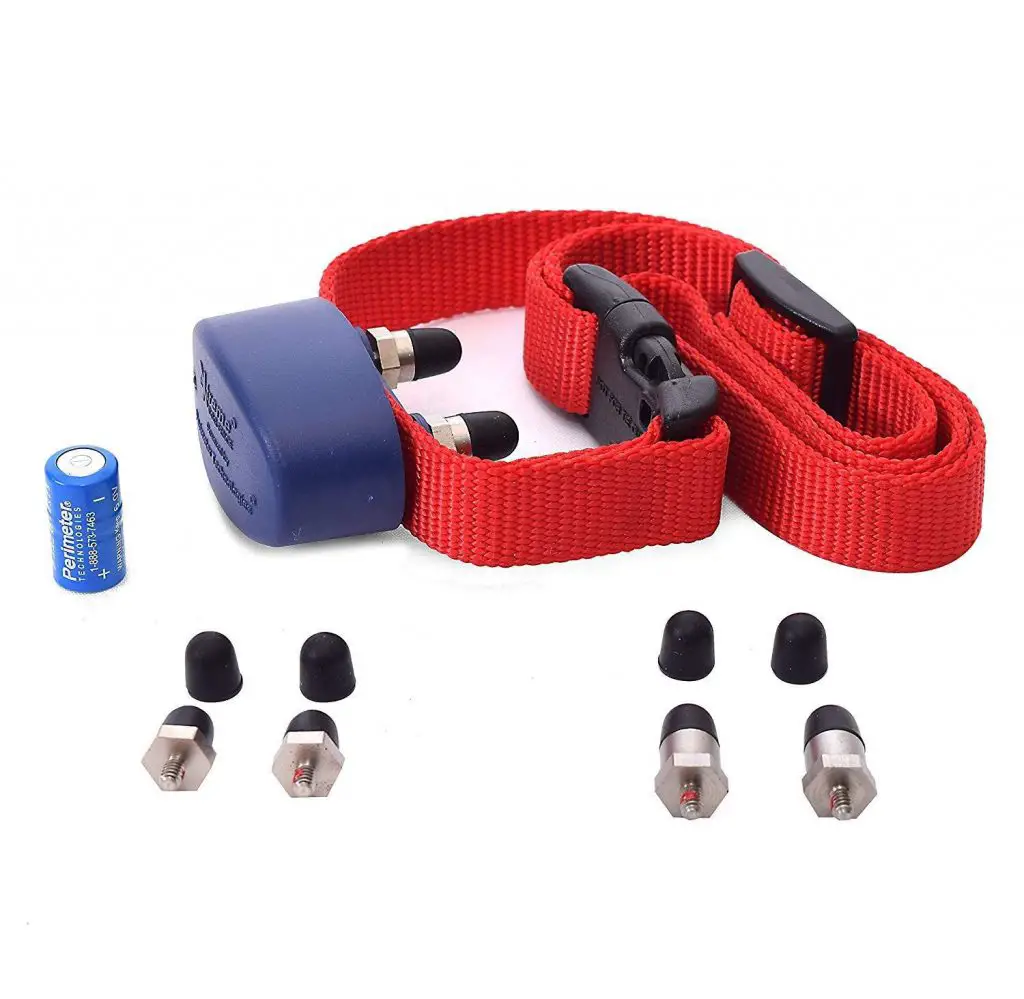
For those seeking an invisible dog fence that offers exceptional durability and coverage, Extreme Dog Fence’s Professional Grade Kit is a standout option. This system includes a high-quality 14-gauge boundary wire, a waterproof collar, and advanced technology that prevents signal interference. With its extensive coverage capabilities and customizable settings, this invisible fence is perfect for larger properties or those with irregular boundaries.
3. SportDOG Brand In-Ground Fence System


Designed with safety and reliability in mind, the SportDOG Brand In-Ground Fence System is a favorite among dog owners. This system features a waterproof collar with a low battery indicator, four levels of static stimulation, and a vibration-only option for more sensitive dogs.
4. PetSafe Stay & Play Compact Wireless Fence
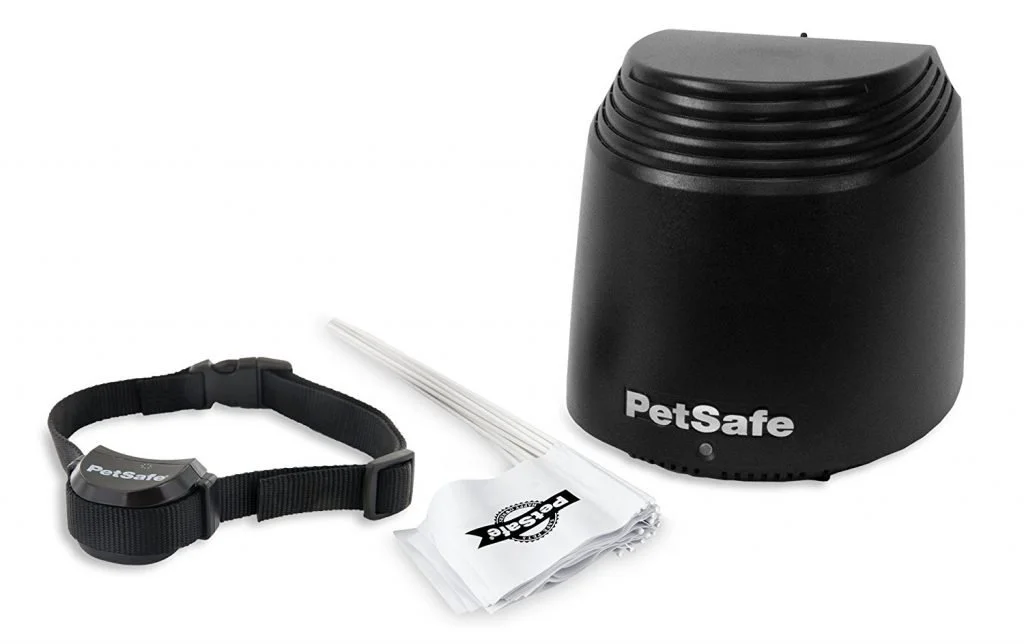
If you’re looking for a portable and user-friendly invisible dog fence, the PetSafe Stay & Play Compact Wireless Dog Fence is an excellent choice. Its compact size makes it ideal for travelers or those who frequently move around their property.
The system offers a circular containment area of up to ¾ of an acre, five adjustable levels of static correction, and a rechargeable collar, ensuring your dog stays safe wherever you go.
5. Dogtra eF-3500 Advanced Containment System
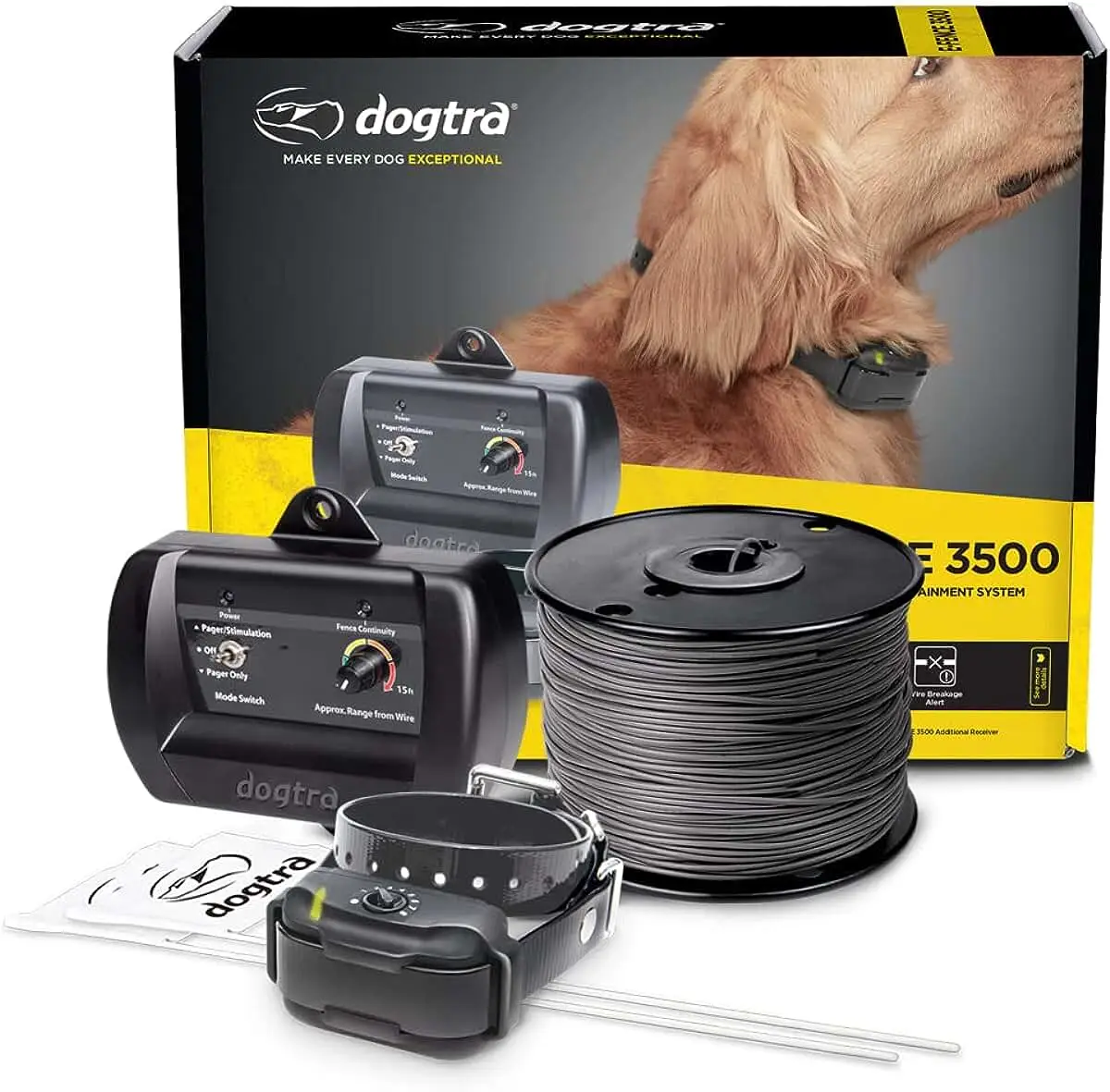
For pet owners with more challenging containment needs, the Dogtra eF-3500 Advanced Containment System is a top pick. This system offers advanced features such as a wire break indicator, surge protection, and a long-range signal transmitter.
With its durable construction, customizable settings, and ability to cover up to 40 acres, this invisible fence is ideal for large or stubborn breeds that require a stronger level of containment.
Choosing the best invisible fence for your beloved furry friend involves considering factors such as coverage, customization options, durability, and the specific needs of your dog. The top 5 invisible fences for dogs mentioned above offer a combination of reliability, safety, and convenience in 2023.
Remember to properly train your dog to understand the boundaries and supervise their outdoor activities to ensure their well-being and happiness.
Invisible Dog Fence Pros and Cons
1. Pros of Invisible Dog Fence
– Aesthetically Pleasing Fence
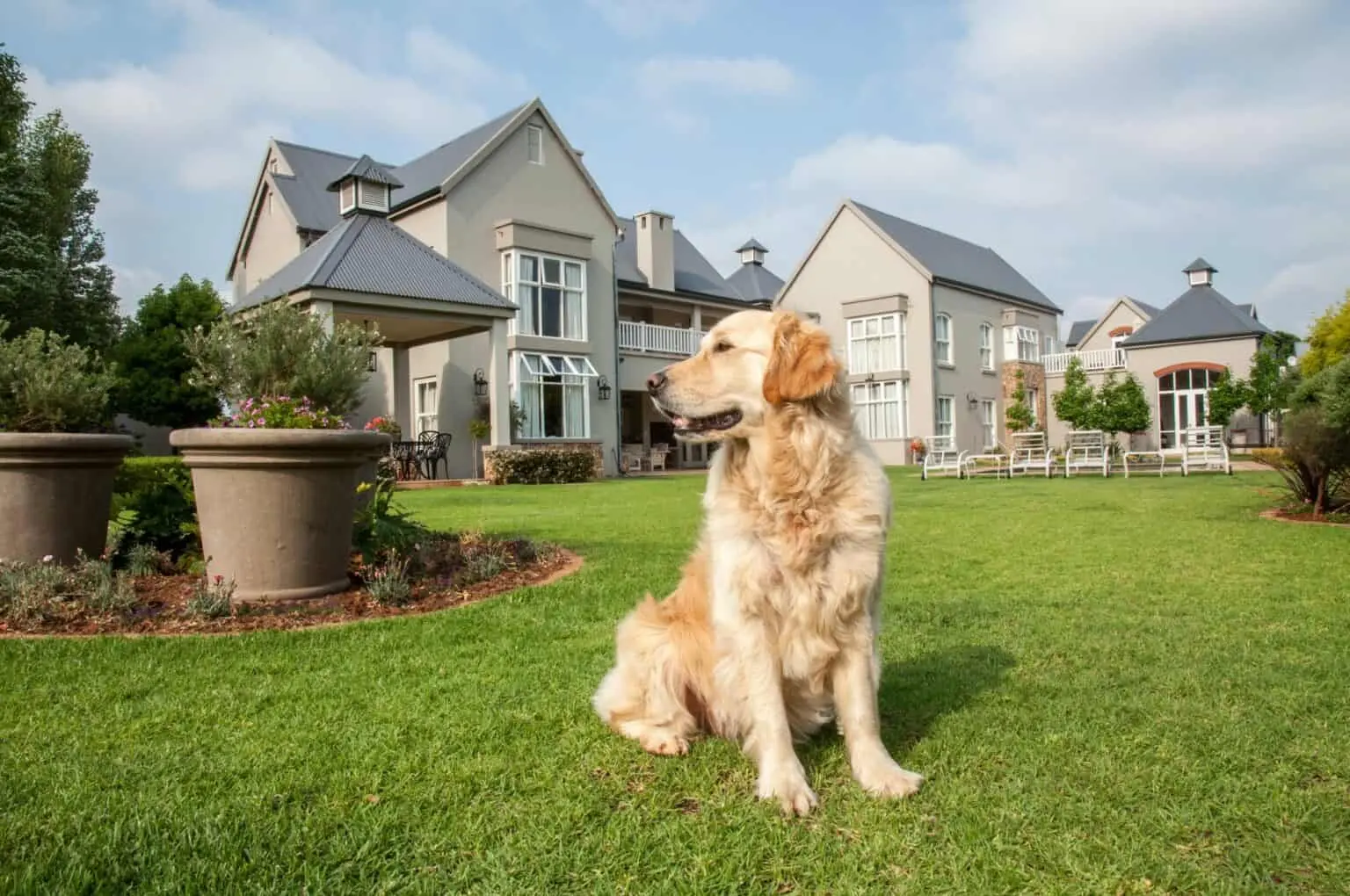
Unlike physical fences, wireless dog fences do not obstruct your view or alter the appearance of your property. This makes them an ideal option for those who value their landscape or have homeowners’ association rules to consider.
– Customizable boundaries
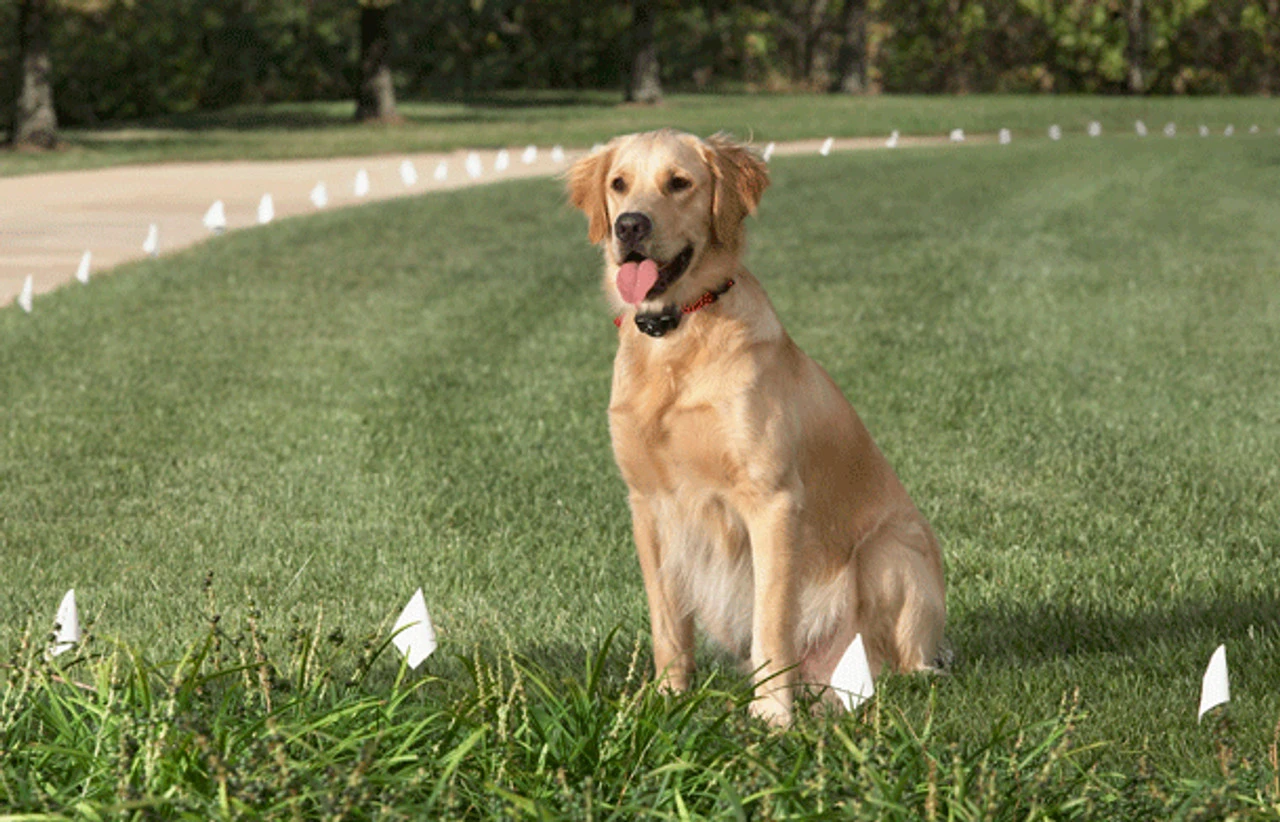
Invisible dog fences offer the flexibility to define precise boundaries based on your property’s layout and your dog’s specific needs. This allows you to protect specific areas, such as gardens or pools while giving your dog ample space to enjoy.
– Lower maintenance
Invisible fences require minimal maintenance compared to traditional fences. Once installed, there is no need to paint, repair, or worry about wear and tear caused by weather conditions.
– Cost-effective
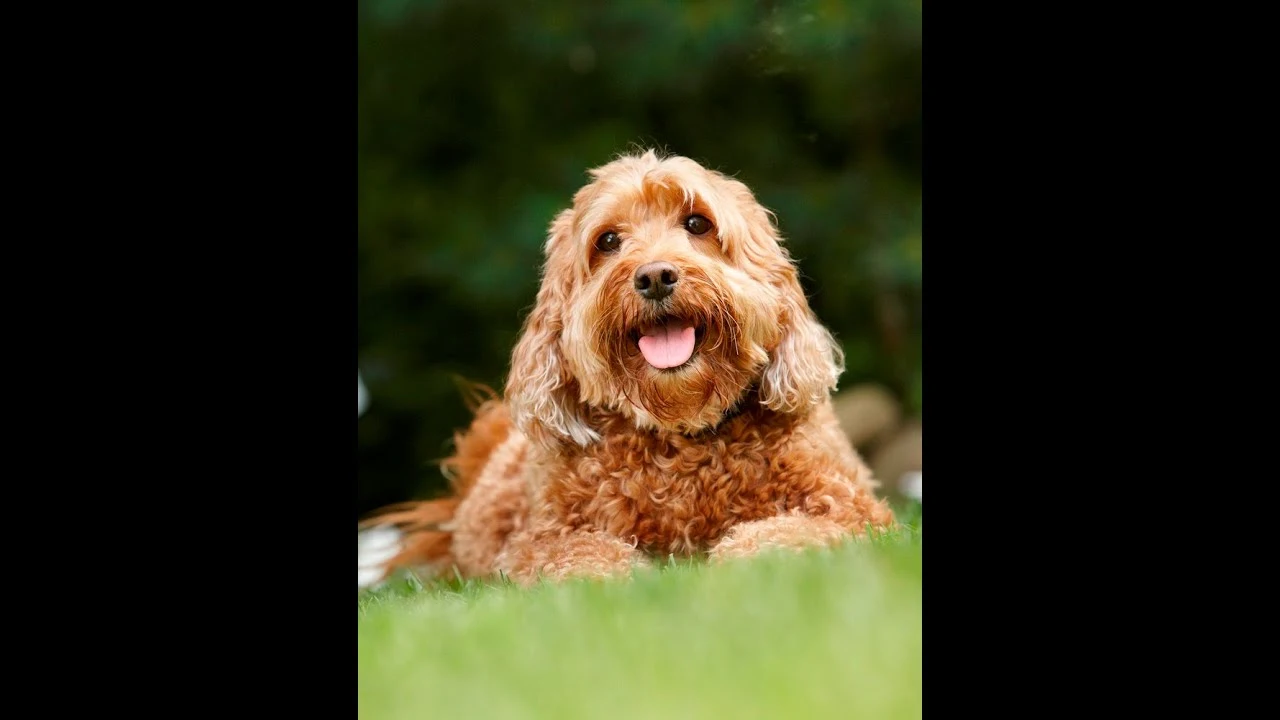
Invisible dog fences are often more affordable than physical fences, especially if you have a larger property. They offer a one-time investment, eliminating the need for ongoing expenses associated with traditional fences.
2. Cons of Invisible Dog Fence
– Training requirements
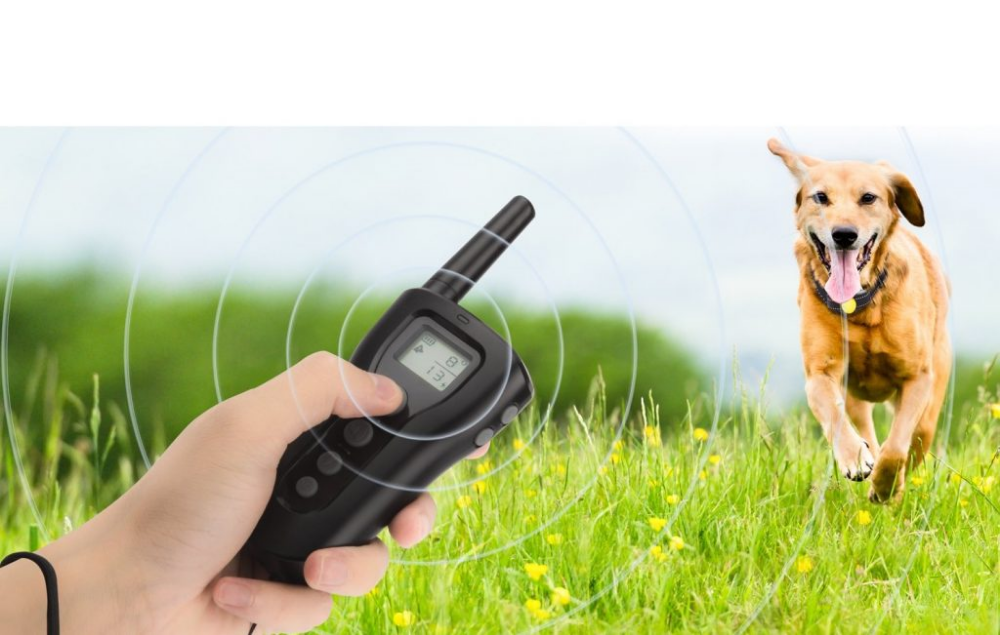
Properly training your dog to understand the boundaries of an invisible dog fence is crucial. This training process can be time-consuming and may require professional assistance, especially for more stubborn or sensitive dogs.
– Potential escape

While invisible dog fences prevent your dog from leaving the boundaries, they do not prevent intruders, such as other animals or people, from entering your property. Additionally, some dogs may learn to “escape” the boundaries if they are highly motivated or encounter distractions.
– Limited protection from external threats

Invisible dog fences are effective at containing your dog within the property, but they do not offer protection from external threats like aggressive animals or wild predators. It’s important to consider the specific risks in your area and supervise your dog accordingly.
– Not suitable for all dogs
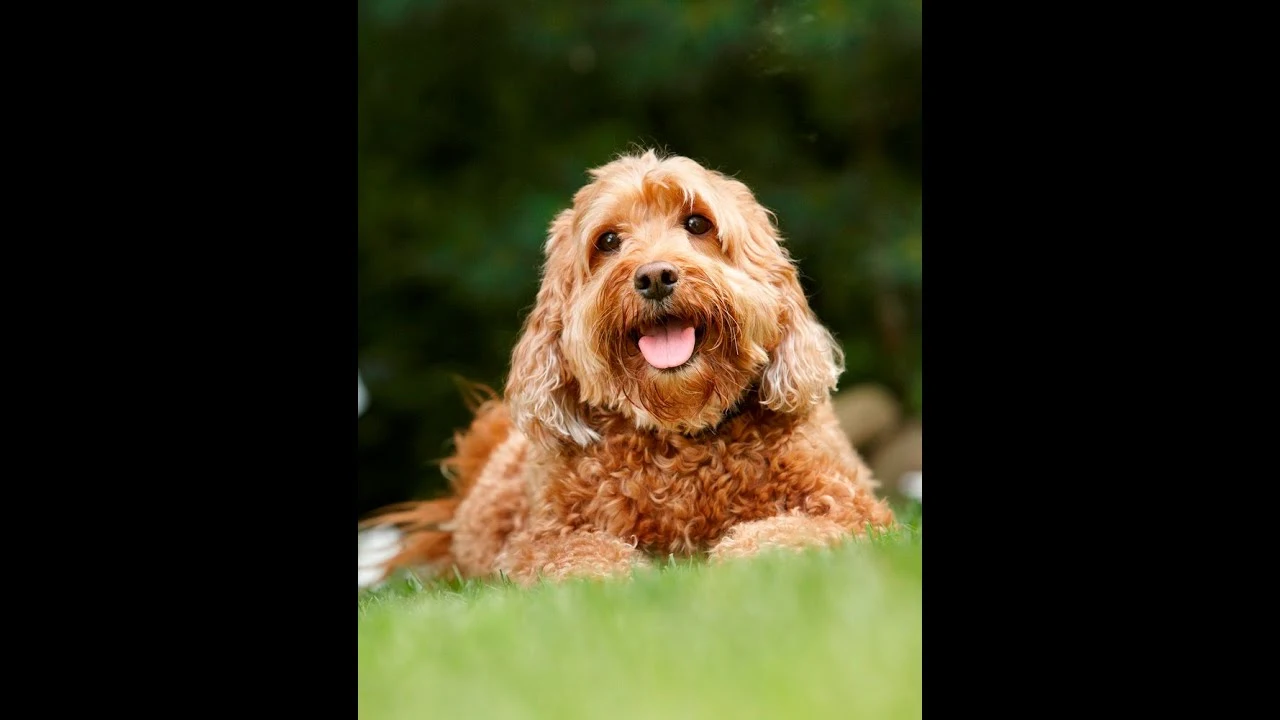
Invisible dog fences may not be suitable for all dog breeds or temperaments. Sensitive or anxious dogs may not respond well to the static correction used by some invisible fence systems. It’s essential to consider your dog’s personality and consult with professionals to ensure their well-being.
– Power outages and system malfunctions
In the event of a power outage or system malfunction, invisible dog fences may become ineffective, allowing your dog to potentially escape. It’s important to have backup plans and continue supervising your dog during such situations.
Invisible Dog Fence VS Hidden Dog Fence
1. What is Invisible Dog Fence?
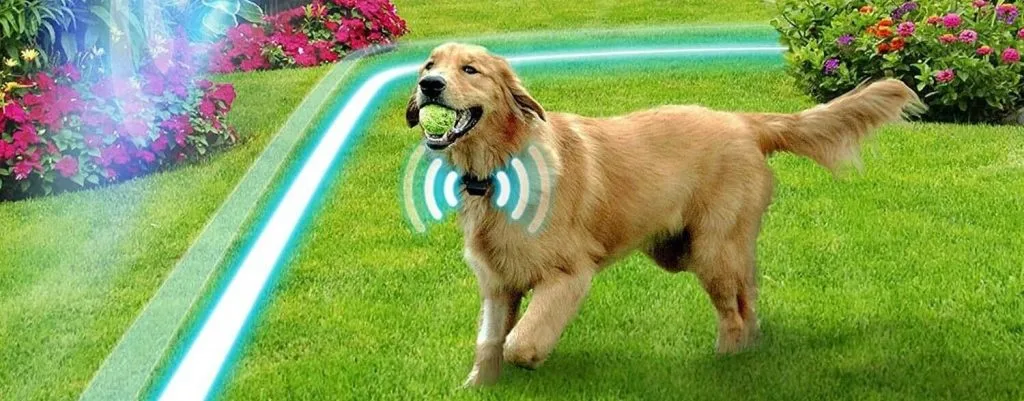
Invisible dog fence, also known as underground or electric dog fence, operate by creating an invisible boundary using an underground wire and a receiver collar. The wire is buried around the perimeter of your property, while the receiver collar emits a harmless static correction when your dog approaches the boundary. These fences are highly customizable and allow you to define boundaries based on your specific needs. They are suitable for most dog breeds and can cover vast areas.
2. What is Hidden Dog Fence?

Hidden dog fences, on the other hand, utilize advanced wireless technology to create a virtual boundary without the need for any physical wires. These systems typically consist of a transmitter and a receiver collar. The transmitter emits a radio signal to create a circular containment area, and the receiver collar worn by your dog responds to the signal, issuing a corrective tone or vibration to deter them from crossing the boundary. Hidden dog fences are portable, easy to set up, and ideal for smaller properties or temporary situations.
3. Factors to Consider
Property Size and Shape
If you have a larger property with irregular boundaries, an invisible dog fence might be the better option as it allows for custom shaping and coverage. Hidden dog fences are more suitable for smaller or more compact spaces
Training Requirements
Both types of fences require training to ensure your dog understands the boundaries. However, invisible dog fences usually involve a more intensive training process since they rely on static correction. Hidden dog fences often have an easier training curve due to the use of tones or vibrations.
Budget
Invisible dog fences or dog electric fences typically require professional installation and labor costs, making them more expensive upfront. Hidden dog fences are generally less costly and offer a DIY option, making them a more budget-friendly choice.
4. Practical Considerations
Maintenance
Both types of fences require regular maintenance. For invisible dog fences, it’s important to periodically check the wire for any damage caused by landscaping or other activities. Hidden dog fences may require occasional battery changes and ensuring the transmitter is placed in a suitable location for optimal coverage.
Pet Safety
While invisible and hidden dog fences are effective containment solutions, they are not foolproof. It’s essential to supervise your dog while they are outside and address any potential risks in your environment, such as other animals or hazards that could lead to your dog’s escape or injury.
Comparison between Wired Invisible Fence OR Wireless Ines
1. Installation Process
Wired Invisible Fence
Installing a wired invisible fence involves burying a wire around the perimeter of your property, which can be time-consuming and may require professional assistance.
Wireless Fence
You just need to place the transmitter in a central location, and it creates an adjustable circular containment area. This makes the wireless fence more portable and easier to install, making it suitable for people who move frequently or have smaller properties.
2. Coverage Area
Wired Invisible Fence
Wired fences offer more flexibility when it comes to coverage area. The length of the wire can be adjusted, allowing you to cover larger properties or irregularly shaped areas. They are also less prone to signal interference from obstacles like trees or other structures.
Wireless Fence
Conversely, wireless fences have their limitations in terms of coverage area. The circular boundary created by the transmitter typically has a maximum range of several hundred feet, making them more suitable for smaller properties or regular-shaped areas. Obstacles like metal objects or terrain changes can affect the signal, potentially leading to inconsistencies in the containment area.
3. Training Process
Wired Invisible Fence
Training your dog to understand the boundaries of a wired invisible fence may require more time and effort. This is because these fences rely on a static correction emitted by the collar when the dog approaches the boundary. Proper training is essential to ensure that your dog understands the association between the boundary and the correction.
Wireless Fence
Training your dog with a wireless fence may be relatively easier as the system typically uses a combination of tones and vibrations to warn the dog when they approach the boundary. This method is generally less intense than the static correction of wired fences, making it suitable for more sensitive dogs or those who respond better to milder stimuli.
4. Flexibility and Portability
Wired Invisible Fence: Once a wired fence is installed, it becomes a permanent fixture in your yard. While it offers flexibility in terms of customizing the boundaries, it does not allow for quick changes or easy relocation.
Wireless Fence: One of the main advantages of wireless fences is their portability. They can be easily set up in new locations or taken along during travels. This makes wireless fences ideal for people who frequently move or need temporary containment solutions.
Why Do You Need an Underground Fence for Dogs?
1. Safety and Security
An underground fence provides a secure containment system that keeps your dog safely within the boundaries of your property. It prevents them from wandering onto busy roads, neighboring properties, or potentially hazardous areas. This ensures their safety while still allowing them to enjoy outdoor freedom.
2. Customizable Boundaries
Underground fences offer the advantage of tailor-made boundaries based on your property’s size and layout. Whether you have a large yard or a smaller garden, you can flexibly define the limits where your dog can roam freely. This customization helps create a designated space to keep your dog safe and prevents them from accessing restricted areas like pools, gardens, or flowerbeds.
3. Aesthetically Pleasing
Unlike visible physical fences, underground fences are invisible, thus maintaining the beauty of your property. No unsightly barriers obstruct your view or alter the landscape, giving your yard a clean and unobtrusive appearance. This is especially beneficial for those who value the aesthetics of their property or have homeowners’ association rules to consider.
4. Cost-Effective Solution
An underground fence is usually a more cost-effective option compared to traditional fencing. The one-time investment in an invisible fence system, installation, and training is often more affordable than the ongoing expenses of maintenance and repairs associated with physical fences. This makes it a budget-friendly choice for pet owners while still providing safety and containment for their dogs.
5. Flexibility and Convenience
Underground fences offer unmatched flexibility and convenience compared to physical fences. The system allows your dog to move freely within the boundaries without feeling restricted. Additionally, invisible fences are portable and can be easily relocated if you move houses or need temporary containment solutions. This adaptability makes them suitable for various lifestyles and living situations.
How to install an underground dog fence?
1. Plan and Design
Before you start digging, it’s essential to plan and design your invisible dog fence system.
2. Gather the Necessary Tools and Materials
To install an underground dog fence, you’ll need the following tools and materials:
- – Dog fence wire (sufficient length to cover your desired boundaries)
- – Transmitter
- – Receiver collar
- – Flags or markers
- – Shovel or trencher
- – Wire connectors
- – Electrical tape or wire nuts
- – Waterproofing gel
- – Placing stakes (optional)
- – Surge protector (optional)
3. Lay Out the Wire
Start by locating the power source for your transmitter. From there, lay out the boundary wire, making sure to keep it at least 3-5 feet away from any existing utility lines. Use a shovel or trencher to dig a narrow trench along the planned route, burying the wire about 1-3 inches underground. If you prefer not to dig, you can use placing stakes to secure the wire above ground but make sure it doesn’t pose a tripping hazard.
4. Connect the Wire
To ensure a continuous flow of electricity, connect the boundary wire to the transmitter using wire connectors or electrical tape. It’s also a good idea to use waterproofing gel to protect the connections from moisture and ensure long-lasting reliability.
5. Set Up the Transmitter
Find a suitable location for the transmitter, preferably near an electrical outlet. Mount it on the wall or place it on a stable surface. Follow the manufacturer’s instructions to connect the boundary wire to the transmitter and make any necessary adjustments to the settings, such as signal strength and correction levels.
6. Install and Test the Receiver Collar
Once your dog is comfortable, test the invisible fence system by walking with them around the boundary while holding the collar close to the wire. Observe their reaction to any warning beeps or static corrections emitted by the collar.
7. Mark the Boundaries
Using flags or markers, identify the boundaries of the underground dog fence. These visual cues will help both you and your dog understand the limits of their roaming area during the training phase.
8. Begin Dog Training
Training is a crucial part of successfully implementing an underground dog fence. Familiarize your pet with the flags or markers that indicate the boundaries. Use positive reinforcement techniques, rewards, and consistent commands to teach your dog to associate warning beeps and static corrections with staying within the designated area.
FAQs
How do invisible fences work?

Invisible fences, also known as underground dog fences, work by creating a boundary around your property that is marked by an underground wire. The wire is connected to a transmitter, which emits a radio signal. Your dog wears a receiver collar that picks up the signal from the wire.
When your dog approaches the boundary, the receiver collar emits a warning beep. If your dog continues to move closer to the boundary, they will receive a mild static correction, similar to a small static shock. This serves as a deterrent to keep your dog from crossing the boundary.
Through consistent training, your dog learns to associate the warning beep and static correction with staying within the designated area. Over time, this conditioning allows them to understand and respect invisible boundaries, providing them with the freedom to roam while keeping them safe and secure.
Is an Invisible fence effective?

Yes, an invisible fence can be an effective solution for containing and training your dog. When properly installed and used in conjunction with consistent training, invisible fences can provide a safe and reliable way to keep your dog within the boundaries of your property. The combination of audible warnings and static corrections helps reinforce the boundaries and deter dogs from crossing.
Is an invisible fence safe for puppies and dogs?
Yes, an invisible fence can be safe for dogs when used correctly and with proper training. The static corrections delivered by the receiver collar are designed to be safe and humane, providing a mild deterrent rather than causing harm. It’s important to follow manufacturer instructions and set the collar to an appropriate level for your dog’s size and temperament.
However, it’s worth noting that some dogs may have a different threshold for discomfort, and individual reactions to the static correction can vary. This is why it’s crucial to introduce the invisible fence gradually and conduct proper training to help your dog understand the boundaries and associated cues.

We’ve also covered Different Blog Articles of Privacy Fencing which con be beneficial for you while choosing the
Best Privacy Fence for your Backyard
